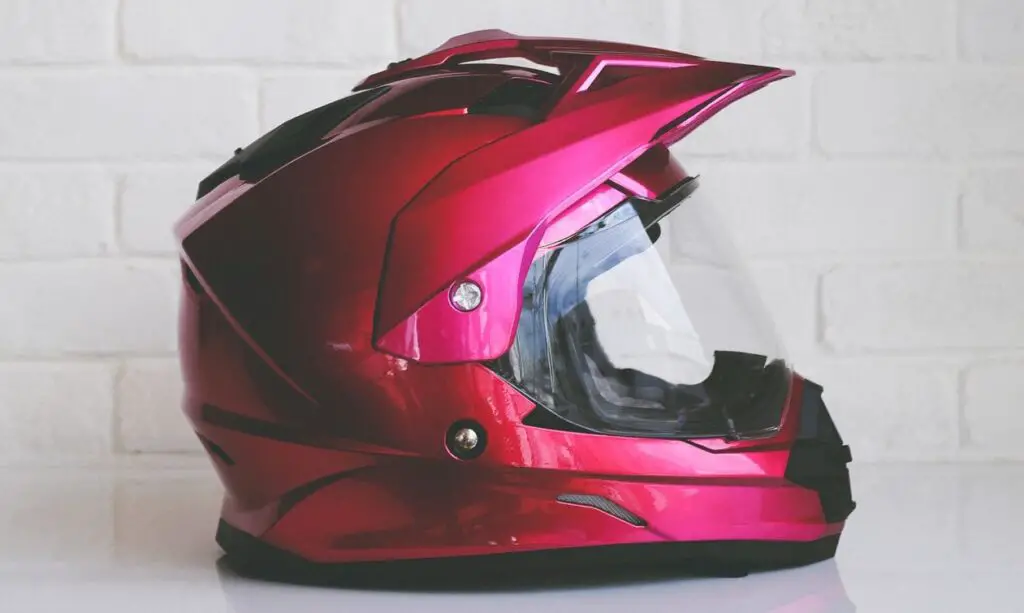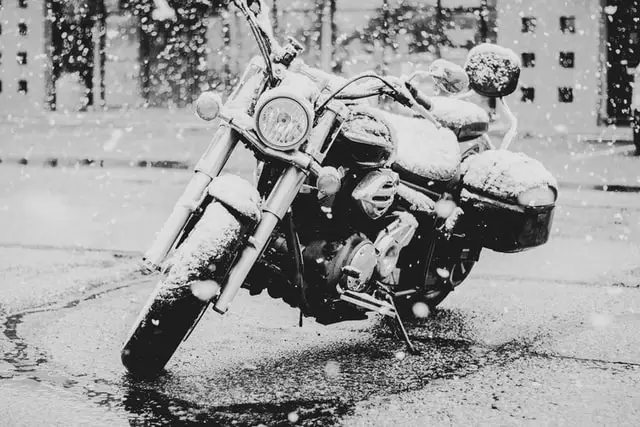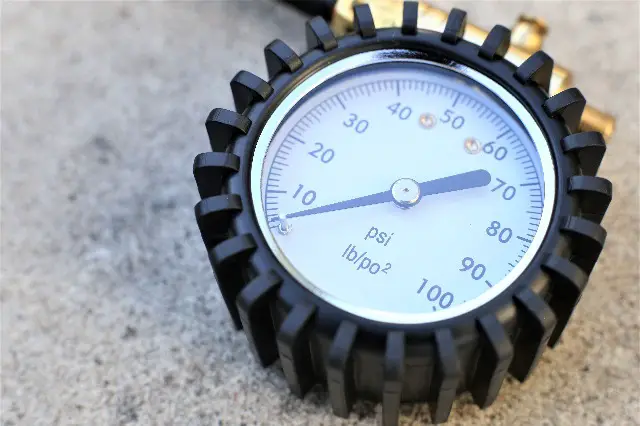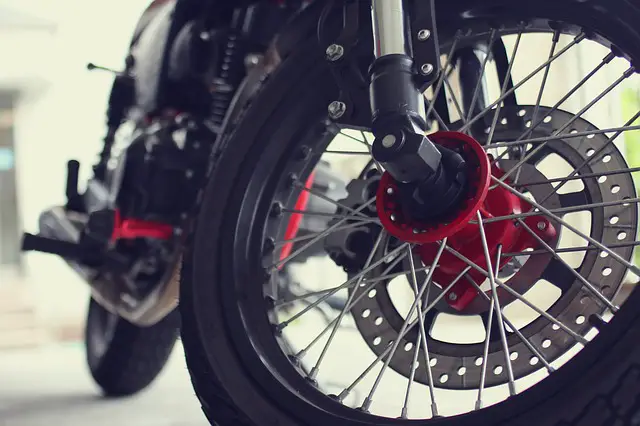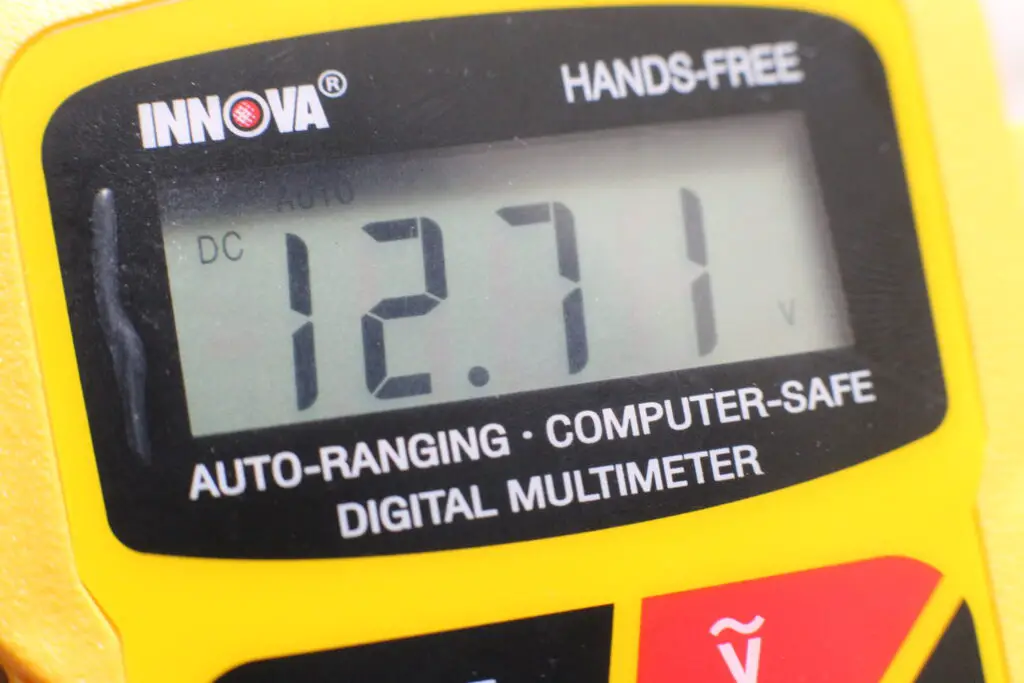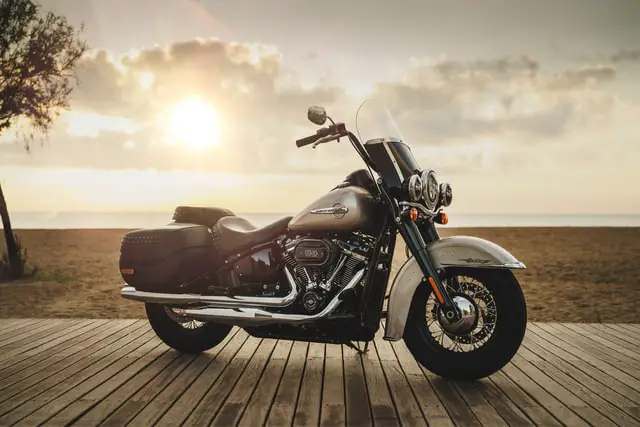Disclaimer about myself; I am a greedy bastard about spending my money.
A long time ago, I wanted to buy a full-face helmet, so I did.
At the motorcycle dealer, the cashier thanked me for my purchase and told me to come again in three years to replace the helmet due to its expiration.
‘’Nice pressure sale, mate! What do I look like to you? A walking, talking wallet?’’
But then I started thinking methodically about it…
Do motorcycle helmets even expire? In sensible thinking, no product lasts forever…
So when is it the end of the road for your helmet? How long do motorcycle helmets truly last?
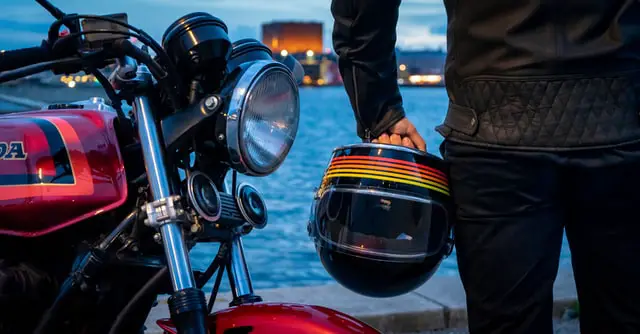
Do Motorcycle Helmets Expire and When?
Yes, motorcycle helmets do expire due to components such as padding and internal foam degrading over time. This decay compromises safety performances. Motorcycle riders are encouraged to replace their helmet after a period specified by the helmet manufacturer, usually 3 to 5 years.
Some brands claim that a helmet needs replacement after only 3 years. Other mention 5 to 7 years.
But is it corporate greed to pressure us to buy motorcycle helmets again and again?
The truth is that there hasn’t been a proper study on motorcycle helmet lifespan yet.
So the best we can do right now is guesswork.
Yet, here are some sensible safety margins you can follow.
- Don’t use a helmet that is older than 8 years from the date it was built.
- If you can remove the padding and liner, Inspect your helmet thoroughly at least once every year.
- After using a helmet for more than 50,000 miles or 5-7 years after its first rides, it is a wise decision to look for a replacement.
- Padding and lining will compress more and more over usage. If the helmet feels too loose and no longer fits snuggly on your head, replace the padding or buy a new helmet.
Do Motorcycle Helmets Have A Stamped Expiration Date?
No, but usually, there will be a label mentioning the manufacture date somewhere inside the helmet. From this ‘’born on date’’ calculate 8 years later if the helmet is still unused and you have the expiration date. A helmet that aged 5 years after its first ride should be replaced. Whichever condition comes first.
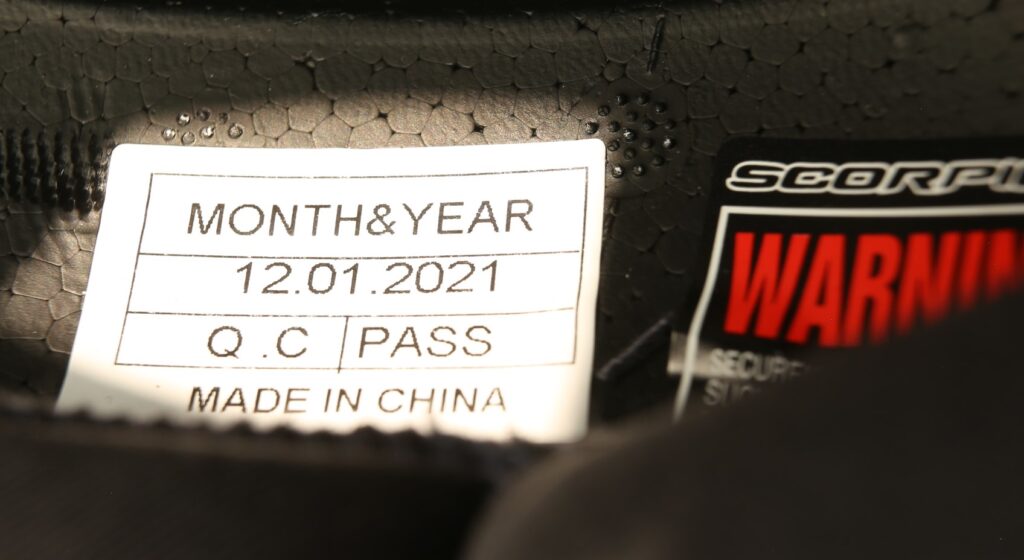
Remember that if you find the mention of a date somewhere inside your helmet, it represents its manufacture date, not the expiration.
How To Find My Motorcycle Helmet Expiration Date? Label Location.
The label mentioning your motorcycle helmet manufacture date should be visible inside the helmet. If the label is not in sight, removing the padding and liner might be necessary to find the label underneath.
I took some of my helmets off their stand to give you visual examples of that famous label.
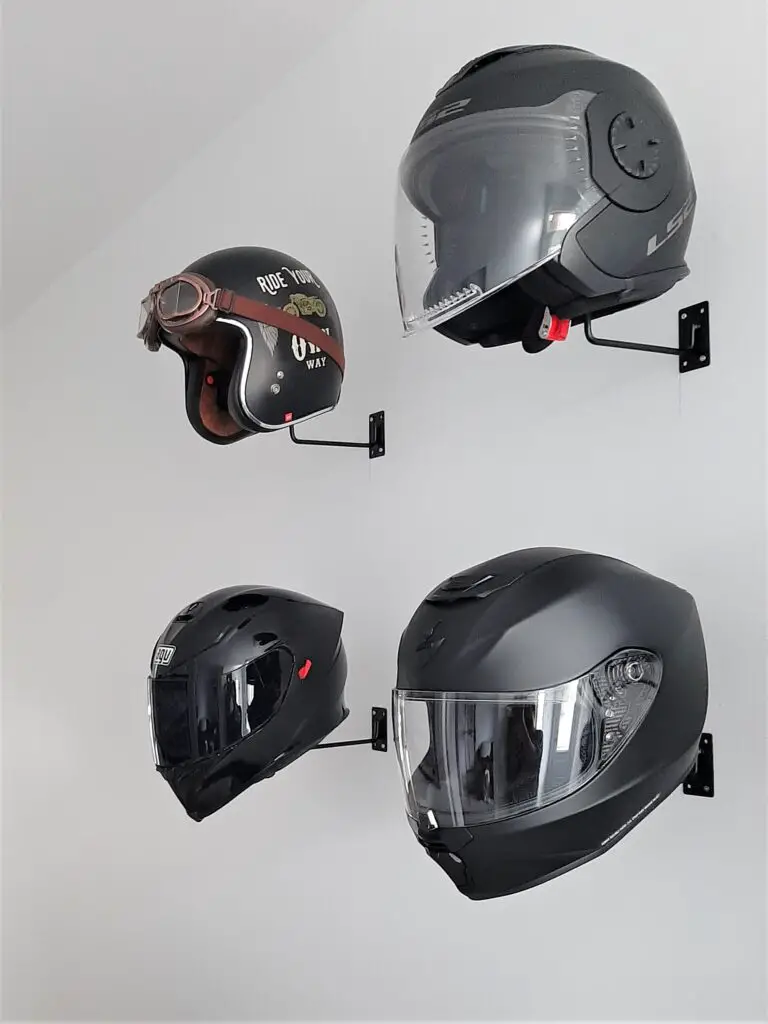
The label with the manufacture date will be inside your helmet somewhere.
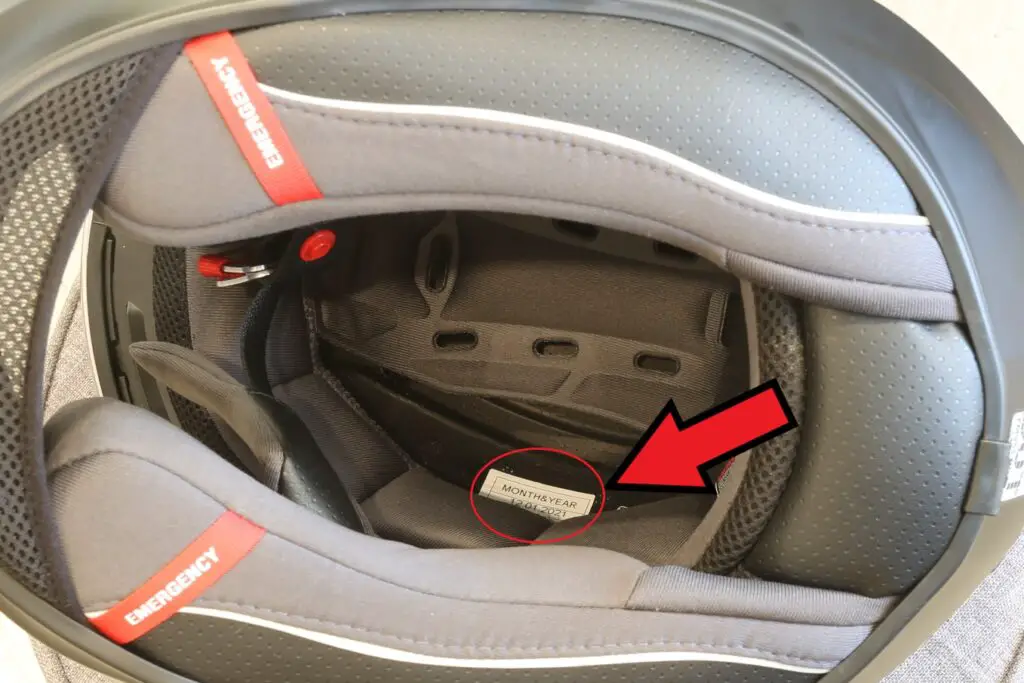
Sometimes there will be only one label compiling all the helmet information. A date should be somewhere around all this text.
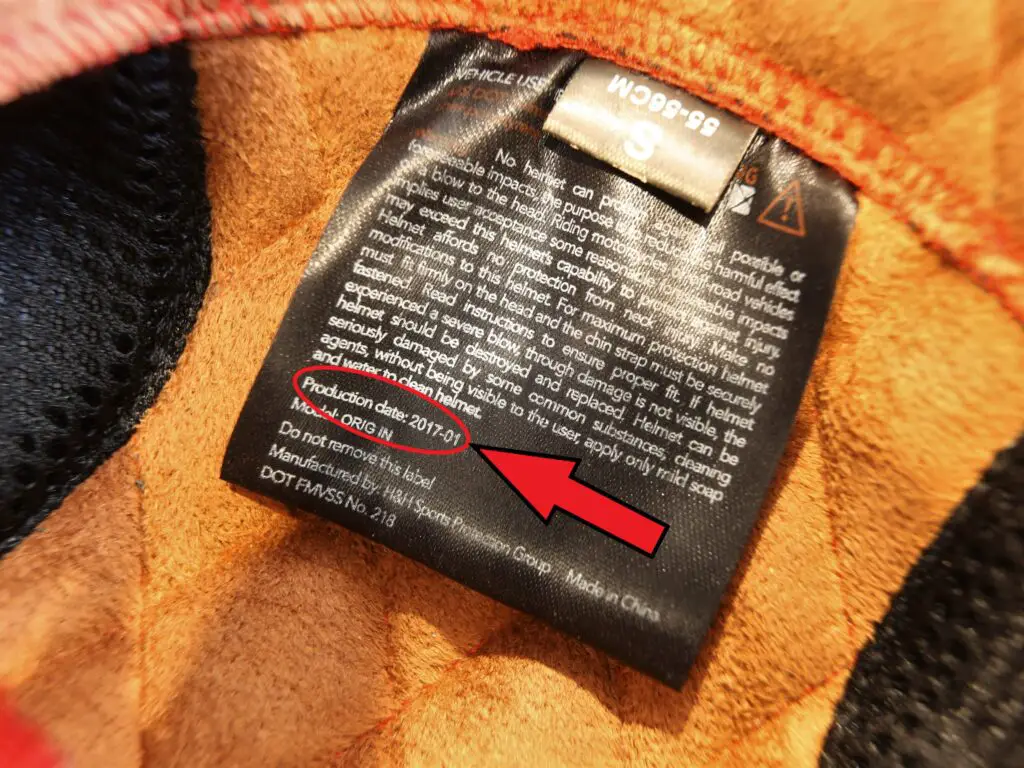

Other times, there will be a dedicated label to point out when your helmet was ”born”.

If you can’t find the label, here is what to do;
remove your helmet padding and liner, and the tag or sticker with the manufacture date should be underneath.
Also, keep in mind that It is possible you won’t find obvious date numbers.
Instead, there might be a ‘’code’’ such as a sequence of letters or numbers.
In that case, you will have to decipher the coding system that the manufacturer used to know the age of your helmet.
There might be information on the website of the helmet brand. Otherwise, I suggest that you contact customer service to assist you.
Why Do Motorcycle Helmets Expire
Motorcycle helmets expire for safety reasons due to the degrading of internal components over time and usage. Eventually, this wear and tear will compromise the helmet’s ability to reduce impact forces in case of an accident.
The main reason why a motorcycle helmet expires is the EPS foam.
This foam is what will be ‘’crushed’’ to cushion your head if you ever receive an impact on your nogging.
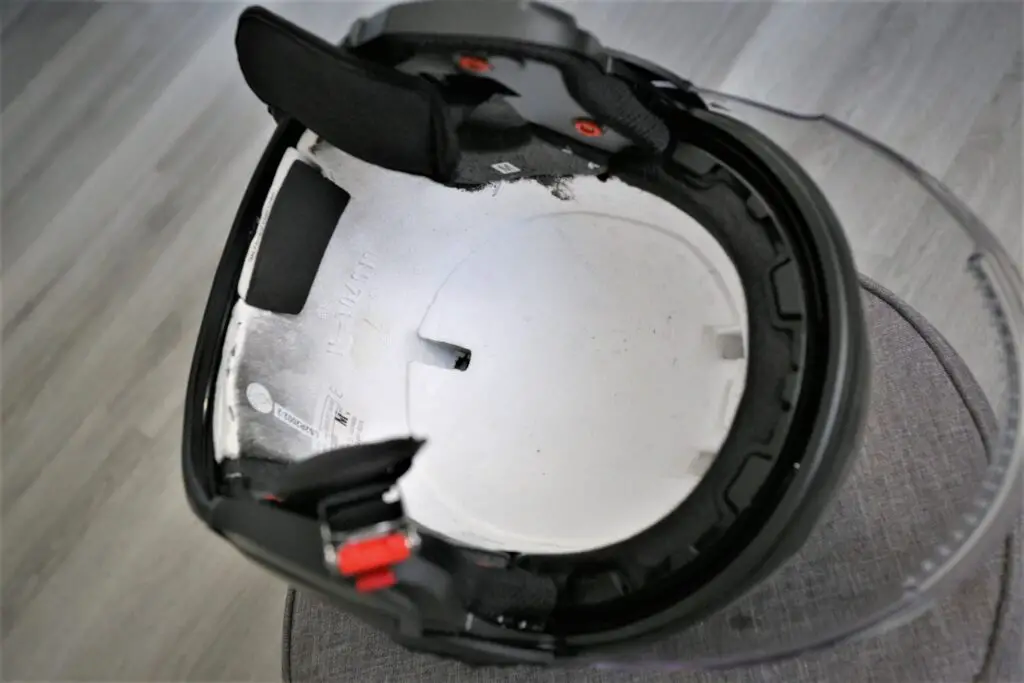
But that foam degrade over time and usage.
When it leaves the factory, the foam is filled with resin and oil to increase its structural strength and make it more soft and spongy.
Over time, that oil and resin will evaporate, making the foam harder and more brittle.
That is why your helmet will expire; its ability to protect you decreases over time.
Otherwise, the second reason your helmet might be unsafe is the padding, especially the cheek pads.
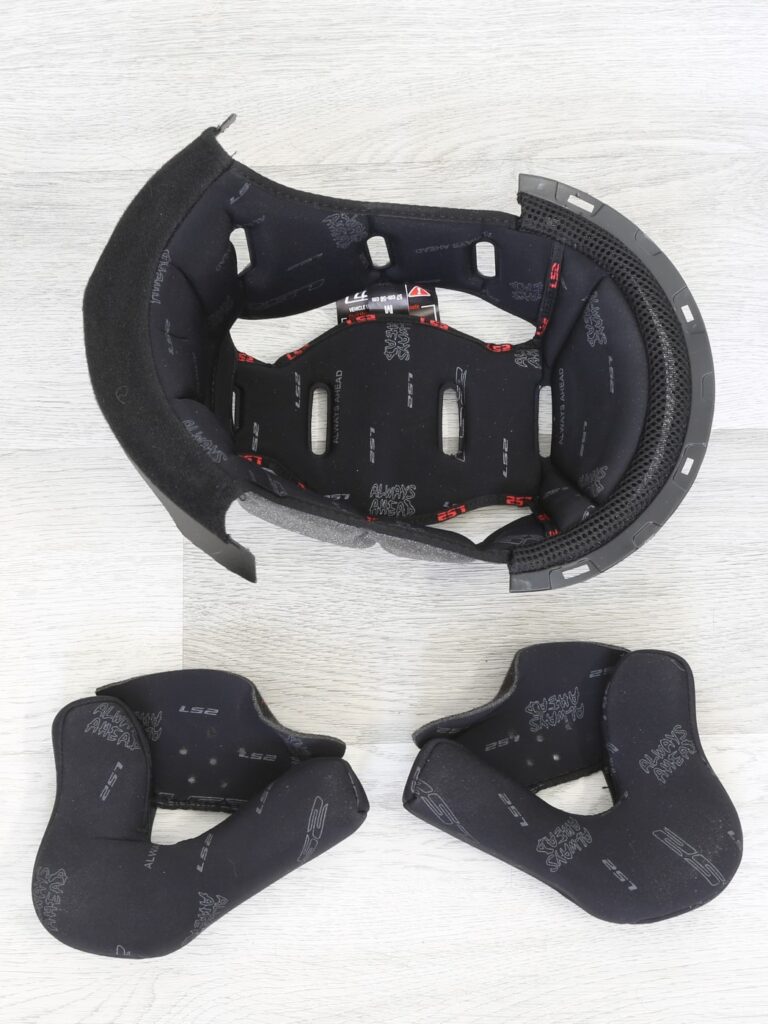
As you put on and take off your helmet, this compresses the fabric over and over.
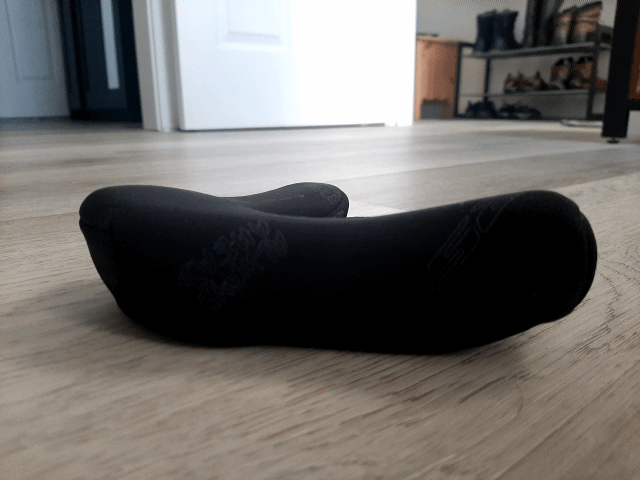
Gradually, the padding shape will permanently change to something smaller and reduce your helmet fitting.
If you love your helmet that much and it still got some life left in it, that up to you to make the call to buy replacement padding.
How Do I Know If My Motorcycle Helmet Is Still Good?
The fitting of a motorcycle helmet will loosen over time and usage. It might reach a point that the helmet no longer fits snugly on the rider’s head rendering the helmet unsafe to ride. To know if the helmet is still usable, it is recommended to perform an inspection and a shake test.
Shake Test
Put your helmet on your head, then do some quick right and left movement with your head.
Your helmet should stay snug and follow your head movement with minimal ‘’bouncing’’.
If there is a sort of ‘’out of sync’’ feeling with your helmet wobbling around and lagging in following your head movement, that helmet is now too loose.
The feeling is like having a helmet that is a size too large for you while doing this test.
If that helmet is still under 5 years of service and you wish to salvage it, you could buy some replacement padding.
It will make your helmet correctly fit your head again.
Helmet Inspection.
It would be best if you inspected your helmet from time to time, ideally at least once a year.
Here is what we will be examining.
- The outer shell.
- The helmet internal padding and foam
- The latching system
Outer shell
Look around on the helmet’s outer shell.
If there are any damages such as dents or cracks, that helmet is compromised, and you need a replacement.
Scuffing and scratches will not affect your helmet’s ability to protect you from impacts.
It is only esthetical damage as long as the damage did not puncture, dent, or crack the helmet shell.
Clasping system
Take a look at your clasping system that holds your helmet on your head.
Check the nylon strap for any tearing or cut. Also, examine the stitching for anything coming loose.
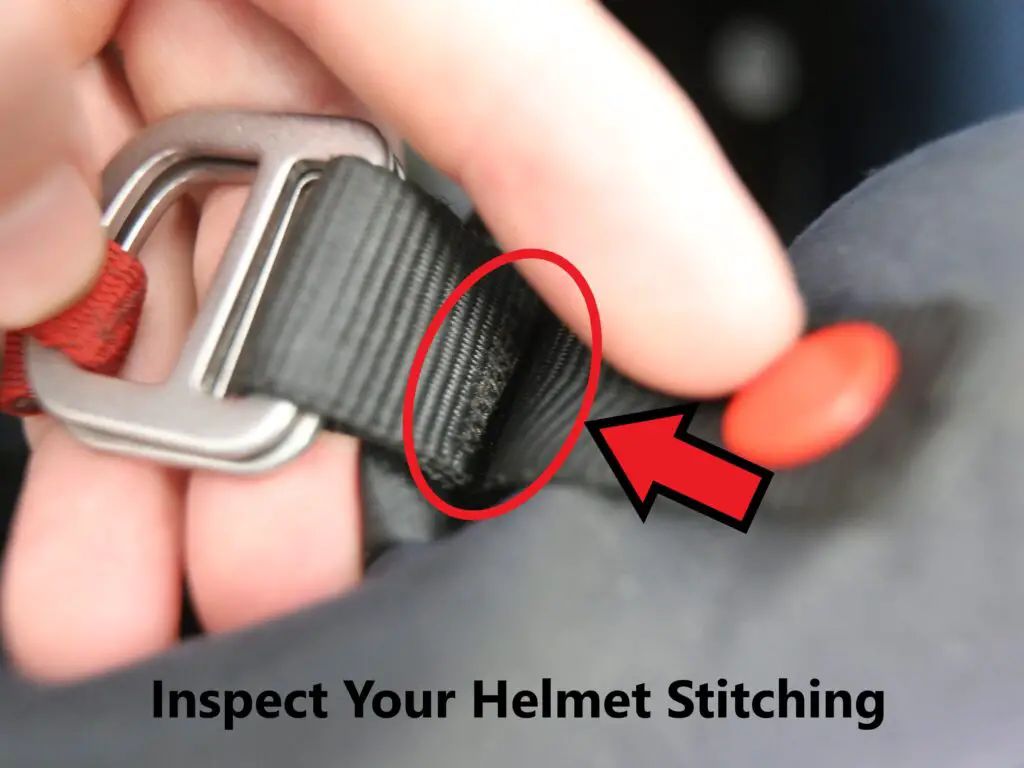
Take a look at the attachment point inside your helmet and make sure everything is secured as it should be.
Eps Foam and Padding
Next up, Remove all the padding and liner that you can inside your helmet.
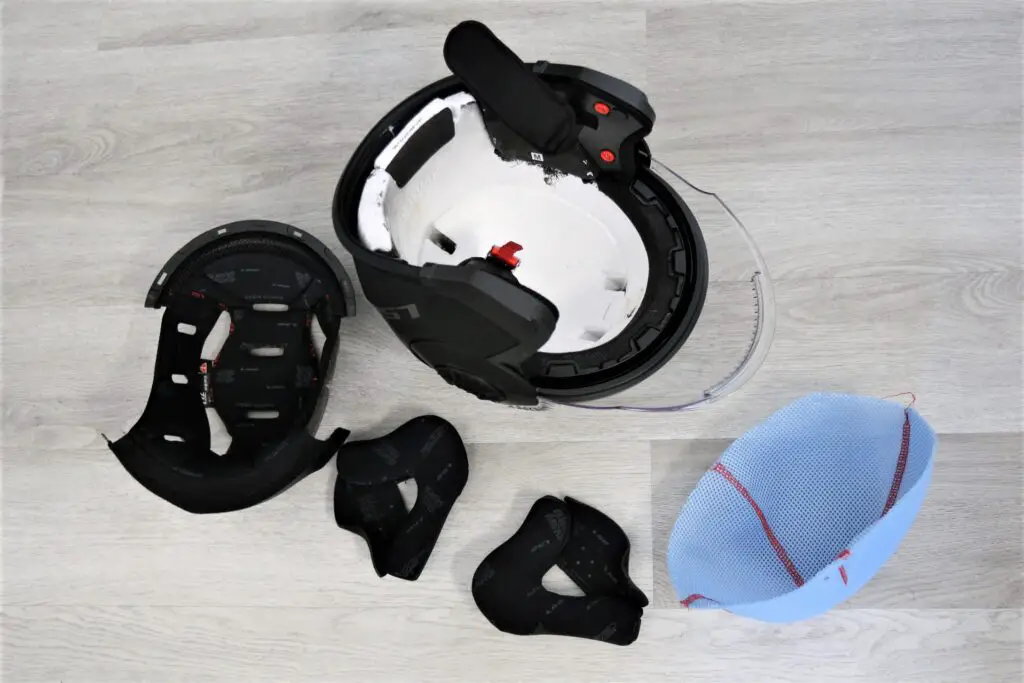
You should be able to reach the eps foam.
Put your fingers on the foam, and ‘’feel around’’ the foam surface.
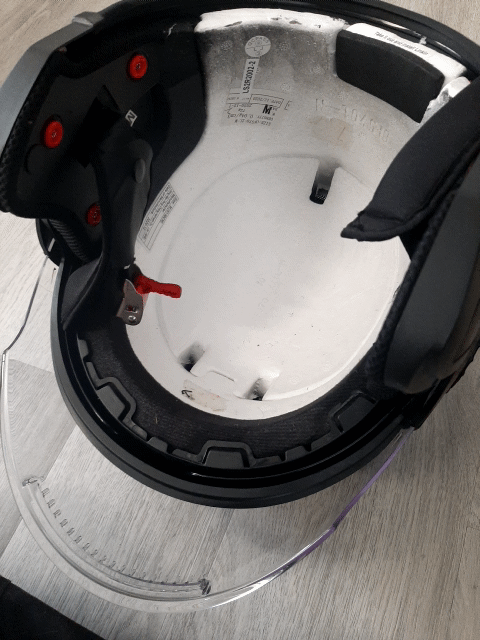
If there is abnormal deformation such as caving or visual damage on the foam, you should replace your helmet.
What Can Speed up Your Motorcycle Helmet Expiration
Sweat and chemical compounds of cosmetic products such as hair gel and makeup will degrade a helmet lining and padding faster. Exposure to the sun and harsh environments will also accelerate the decay of a motorcycle helmet.
The expiration also greatly depends on how you treat your helmet in its useful life and how often you use it.
I think we can all agree that leaving something in the sun for too long is not good.
For example, think of cheap plastic patio chairs that were left outside for a long time.
They will be brittle, and there is a risk that they could easily break if you sit on them.
Ask my butt how I know.
Anyways the same thing applies to motorcycle helmets, don’t let them hang in the sun if you don’t use them. Otherwise, this speed-up the evaporation of glue, resin, and oil in your helmet.
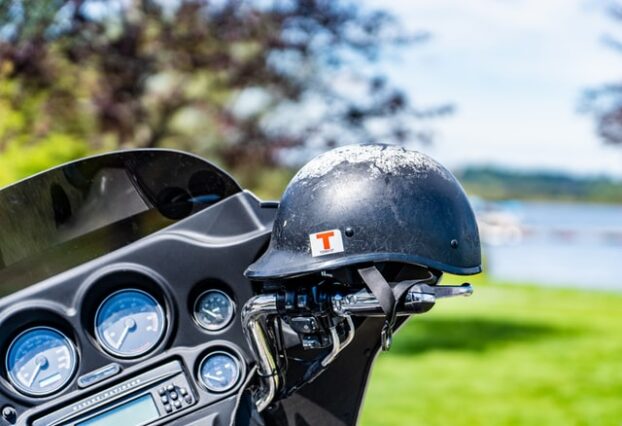
Secondly, if you use makeup, hair gel, or any other cosmetic products on your head, that is not great for your bike helmet.
The chemical compound of cosmetics will ‘’eat’’ through your helmet’s padding fabric.
To reduce this phenomenon, wash your helmet’s internal components often.
Shelf Life and How Long Do Motorcycle Helmets Last In Storage?
Even if a motorcycle helmet is new and was never used, it will still be considered expired after a certain amount of time, usually 8 years.
Even if a helmet was never worn, aging still happens.
The oils and resins of the protective EPS foam inside the helmet still deteriorate over time.
Do DOT and ECE Have Regulation Against Expired Helmets?
DOT and ECE do not currently have regulations against helmets that are considered expired. Although it could be debated that inspectors will consider your helmet unsafe due to old age.
But let’s be honest here…
Unless you are riding with an explicit piece of history on your head, you should not get any trouble from any inspector.
You would have to be crazy unlucky to stumble upon that kind of zealous twat that will write you a citation for ‘’too old of a helmet’’.
Seriously, somebody is going to ask for your helmet full of sweat to fiddle inside and look at the age label? That is dedication; I will give him that.
Also, the rules of replacing your helmet after some years are ‘’recommendations’’, not laws.
Wrapping It Up, Do Motorcycle Helmets Expire?
Eventually, you will have to buy a new helmet; that is the motorcycle life for you.
Let make a quick recap about motorcycle helmets expirations and when I recommend you look for a replacement.
- 5 years after the helmet first ride
- Not older than 8 years old
- 50,000 miles of riding
- Still fit snugly on your head
It is up to you to make the call when it is time to place your helmet in its retirement home.
Take care of your riding gear; it will take care of you.
Ride Safe.
